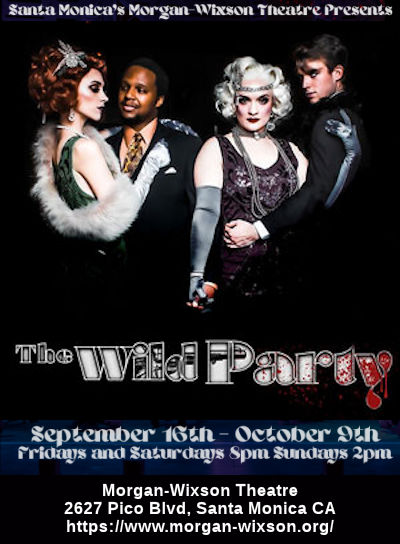
 Boy, this is the weekend for musicals with strong sexual themes, isn’t it.
Boy, this is the weekend for musicals with strong sexual themes, isn’t it.
Back in 1926, Joseph Moncure March wrote a poem called “The Wild Party”; it was rediscovered by Art Spiegelman in 1994 and subsequently came to the attention of two composers who turned it into a musical. You can see the full poem here; it starts:
Queenie was a blonde and her age stood still
And she danced twice a day in vaudeville.
Grey eyes. Lips like coals aglow.
Her face was a tinted mask of snow.
What hips! What shoulders! What a back she had!
Her legs were built to drive men mad.
And she did. She would skid.
But sooner or later they bored her
Sixteen a year was her order.
The poem was about Queenie, a low life vaudeville blonde and her boyfriend Burrs, a violent, small minded and jealous hoodlum and professional clown who together decide to throw a party. They do and it is a wild one.
As I said, two different composers decided to turn this poem into a musical. The musicals were both titled “The Wild Party”: one was written by Andrew Lippa and premiered in 2000 Off-Broadway; the other was written by Michael John LaChiusa and premiered in 2000 on Broadway. I’ve long had the CDs for both versions. Back in 2010, I was able to see the LaChiusa version at the Malibu Stage Company. Sometime back in 2019 I learned that Morgan-Wixson was planning to do the Lippa version (probably from Daniel Koh, who was the music director of the show). I put it on my calendar. And then COVID happened.
But luckily, Morgan Wixson didn’t let the production work go to waste, and just opened that production of The Wild Party, which I saw this afternoon.
It is interesting how two different artists interpret the same source material. We see this often with Shakespeare, where producers come up with wildly different ways of interpreting or presenting the same words. We see that here as well. Here’s how I described LaChiusa’s version back in 2010:
From there we learn about Queenie, a fading vaudeville chorine, and her misogynist and borderline racist lover Burrs, a vaudeville comic who performs in blackface. They decide to throw a wild party, complete with bathtub gin, debauchery, and everything that makes life worth living. During this party, we meet Queenie and Burrs’ collection of friends: Kate, Queenie’s conniving rival—a dagger-tongued, former chorine and would-be star; Jackie, a cocaine-sniffing bisexual playboy; Eddie, a washed-up boxer; Eddie’s wife, Mae, a ditzy former chorine; Nadine, Mae’s excitable 14 year old niece (who claims to be 16) who wants to break into vaudeville; Phil and Oscar D’Armano, a black brother act; Dolores Montoya, a diva of indeterminate age and infinite life experience; Miss Madeline True, a lesbian actress and nearly famous stripper; Sally, Madeline’s comatose girlfriend; Gold and Goldberg, two vaudeville producers with Broadway ambitions; and Black, Kate’s date and a bargain basement moocher. As the party escalates, we learn the story of each of these characters, and see the debauchery that was the 1920s. We’re treated to adultery, bisexuality, cocaine, drinking, incest, rape. It is a circus on stage, with action taking place on every corner. As the jazz and the gin flow, the orgy starts, and by the end of the evening, the midnight debauchery leads to destroyed lives. Ultimately, in the light of morning, comes the reminder that those who fly high land with a thud, especially when the mask and artificial face we put out to the world is removed.
When we compare this with how Andrew Lippa (Book and Music) approached the material, certain elements have been toned down or changed. There’s no blackface. The racist elements are gone. There’s not quite as much backstory. There’s not the connection between Nadine and Mae, and although she is a minor, her age isn’t made clear. The black brother act is gone, and some of the other characters are less named. Now, admittedly, this could be a decision from the production team. But it is something I noticed comparing the shows.
There’s also the music. Looking at both shows in my iTunes Library, I liked songs from both shows, but seemed to like Lippa’s a little more. Perhaps that’s because they stick in my head. Lippa’s songs seem to be more of a mix of character and scene introduction songs (especially in the first act), and less memorable story songs. But I like the songs, and quite a few from the Lippa version are among my favorites (“An Old Fashioned Love Story”, “The Life of the Party”, “Raise the Roof”).
Another interesting “compare and contrast” is with last night’s show, Jagged Little Pill. Both, after all, were based upon popular poetry of the time. Here, The Wild Party really shows the problematic mores of the time: heavy drug use, heavy alcohol use, violence against women, and racism. No apologies. Jagged Little Pill reflects more modern mores: we see the consequence of actions. But in both shows: wild parties have consequences.
One more thing before I launch into the specifics of this production. Morgan-Wixson, alas, does one thing in this production I don’t like: a digital ONLY program, accessed via a QR code. This is horrible for program collectors, it requires use of phone and data, it is harder to read (especially for older patrons), and it provides no archival record. Provide a digital program if you must, but make some small number of printed copies available. They don’t have to be fancy: a simple printed booklet is fine.
Now as they say: on to the show.
The Lippa version of the musical follows the basic trajectory of the poem: Queenie and Burrs are stagnating, and decide to throw a party to bring some excitement back, or to create tension (as Queenie is turned on by violent men). A number of different folks attend the party, but notable is Kate (who wants Burrs for her). Kate brings along Mr. Black and aims him at Queenie. This sets up the tension, which leads to the eventual conclusion. Also notable is Mae and Eddie, for Mae looks a lot like Queenie and Eddie is a washed-up boxer. Guess what happens when Burrs mistakes Mae for Queenie. Yup. Other characters are more ancillary but present — notably Madeline True and Nadine. As the party goes on, the drugs and booze flow. Predictable results. Tempers flare. Guns (and probably other things) go off. Life is left in disarray. Unlike in Jagged Little Pill, it is questionable whether anyone learns anything.
Under the direction of Kristen Towers-Rowles, the production moves pretty well (there was one lag point about 2/3rd through the first act). The story holds your interest. The performers and their characterizations are good, although sometimes that is not always clear to the audience. A few performers, at times, seemed to be staring into the sunset. That could be the actor, or it could be a drugged or stone characterization. Somehow, that needs to be clearer. I found the sound balance a bit off. Some performers (notably Queenie) needed a bit more power in the voice (the performance was good, and the singing was good — it just needed a bit more power). If you see the show, contrast the power of Queenie vs. Kate. This is not to say the performance was bad — in fact, the performance was quite good. WIth a bit more power behind it, it could have been great. The choreography by Michael Marchak (who was also the asst director) was in general good, although there was a bit of going through the motions. This is something I expect will improve further in the run as folks get reacquainted with the movement. I was also particularly taken by the background characters and how they made the party realistic.
The performances were strong. I was particularly struck with Serenity Ariel Robb (Queenie), Mirai (Mae), and Kelsey Weinstein (Nadine). I may have thought Robb’s volume could be a bit stronger, but her performance of the role was outstanding and I enjoyed her singing (it just needed that oomph on some songs). Especially strong — and a knockout at the start of Act II — was Kaitlin Doughty (Kate), and as I love the “Old Fashioned Love Story” number, I enjoyed Emilia Sotelo (Madeline True). On the male side, Hamilton Davis (Burrs) and Deonte Allen (Mr. Black) were particularly good. Rounding out the cast were: Iah Bearden-Vrai (U/S Burrs), Katelyn Coon (Ensemble), Krystal Combs (Jackie, U/S Queenie, Dance Captain), Eric Eberle (Max, Fight Captain), Eadric Einbinder (Swing), Javon Ford (U/S Black), Sam Gianfala (Phil), Spencer Johnson (Eddie), Gianna Pira (Swing), Jonathan Saia (Oscar), Roland Vasquez (Ensemble), Holly Weber (Dolores), and Steve Weber (Sam).
Daniel Koh was the music director. The program had no credit for musicians; it was unclear if the music was recorded or the musicians were in the wings. I didn’t see any musicians coming in, but they could have been there before me.
The design department consisted of: Yelena Babinskaya (Scenic Design), Ryan Rowles (Sound Design), Derek Jones (Lighting Design), Michael Mullen (Costume Design), Jon Sparks (Wig Crew), Mia Staraci (Props Master), and numerous support folks.
The production team consisted of: Emily Ellis (Production Stage Manager), Ethan Kuwata (Asst. Stage Manager), Emilia Ray (Intimacy Director), Amanda Noriko Newman (Fight Choreographer), and various artists, builders, and back of house folks who are listed in the program.
The Wild Party continues at the Morgan-Wixson in Santa Monica through October 9. I think this is well worth seeing — it is entertaining, it is a good exploration of a similar time in history, and it shows how mores have changed. Tickets are available through the MW Box Office, and discount tickets may be available through Goldstar.
Lastly, note I posted this without the usual heavy linking. That might come later.
❧
Ob. Disclaimer: I am not a trained theatre (or music) critic; I am, however, a regular theatre and music audience member (modulo the COVID break). I’ve been attending live theatre and concerts in Los Angeles since 1972; I’ve been writing up my thoughts on theatre (and the shows I see) since 2004. I do not have theatre training (I’m a computer security specialist), but have learned a lot about theatre over my many years of attending theatre and talking to talented professionals. I pay for all my tickets unless otherwise noted (or I’ll make a donation to the theatre, in lieu of payment). I am not compensated by anyone for doing these writeups in any way, shape, or form. I currently subscribe at Actors Co-op (FB), 5 Star Theatricals (FB), Broadway in Hollywood (FB), the Ahmanson Theatre (FB), and we have a membership at The Pasadena Playhouse (FB). We were subscribing at the Musical Theatre Guild (FB) prior to COVID; they have not yet resumed productions. We have also been subscribers at the Soraya/VPAC (FB), although we are waiting a year before we pick that up again. Through my theatre attendance I have made friends with cast, crew, and producers, but I do strive to not let those relationships color my writing (with one exception: when writing up children’s production, I focus on the positive — one gains nothing except bad karma by raking a child over the coals). I believe in telling you about the shows I see to help you form your opinion; it is up to you to determine the weight you give my writeups. Note to publicists or producers reading this: here’s my policy on taking comp tickets. Bottom-Line: Only for things of nominal value, like Fringe.
Upcoming Shows:
For right now, we’re pretty much sticking with shows that come as part of our subscriptions or are of interest through our memberships. Looking ahead for the remainder of 2022:, the remaining September show is Daniel Fish’s interpretation of Oklahoma at the Ahmanson Theatre (FB). October will bring Sanctuary City at the The Pasadena Playhouse (FB), Ghosts at the Odyssey Theatre Ensemble, The Addams Family at 5 Star Theatricals (FB), and To Kill a Mockingbird at Broadway in Hollywood (FB). November brings 2:22 – A Ghost Story at the Ahmanson Theatre (FB). Lastly, December will bring Annie at Broadway in Hollywood (FB).
As always, I’m keeping my eyes open for interesting productions mentioned on sites such as Better-Lemons, Footlights, as well as productions I see on Goldstar, On Stage 411 or that are sent to me by publicists or the venues themselves. Want to know how to attend lots of live stuff affordably? Take a look at my post on How to attend Live Theatre on a Budget (although I know it is outdated and need to update it). Want to learn about all the great theatre in Southern California? Read my post on how Los Angeles (and its environs) is the best area for theatre in the Country (again, I need to review this for the post-COVID theatre landscape)!


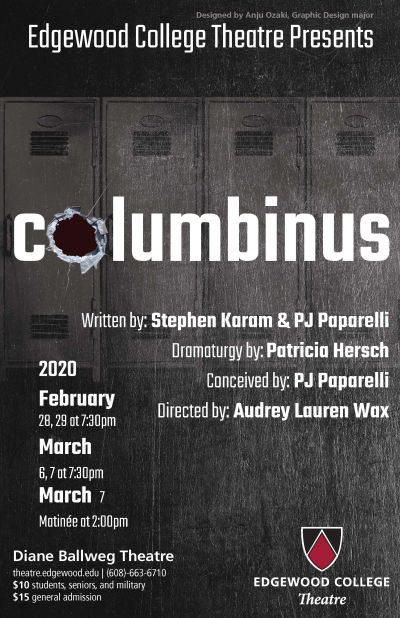
 As I indicated in
As I indicated in 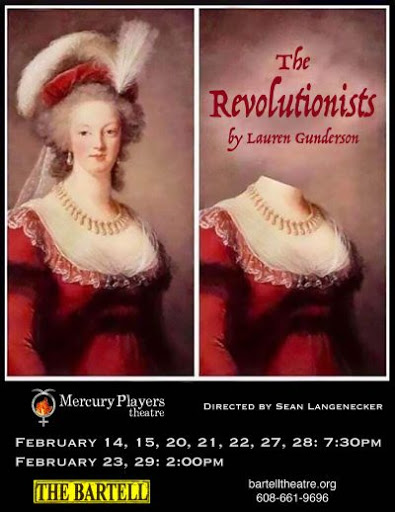
 I’m a firm believer that being on travel shouldn’t stop a
I’m a firm believer that being on travel shouldn’t stop a 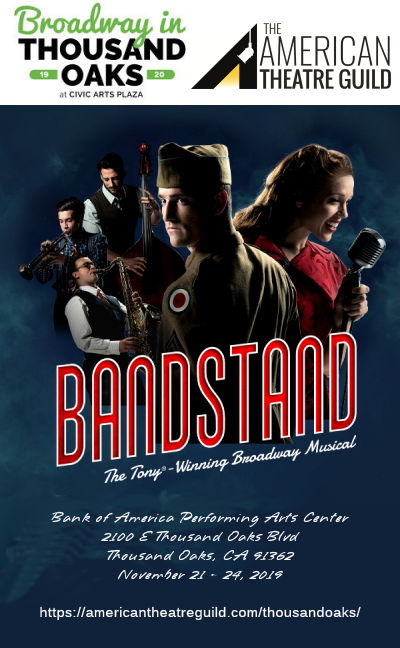
 When you think about Broadway Tours coming to Los Angeles, where do they go first? If you said the
When you think about Broadway Tours coming to Los Angeles, where do they go first? If you said the 

 A few weeks ago, we were on vacation up in Lake Tahoe. We never let a vacation stop us from our interests, and one of those interests is good theatre. So I always check the listings and see what is in the area. In this case, we were able to catch the last performance of
A few weeks ago, we were on vacation up in Lake Tahoe. We never let a vacation stop us from our interests, and one of those interests is good theatre. So I always check the listings and see what is in the area. In this case, we were able to catch the last performance of 
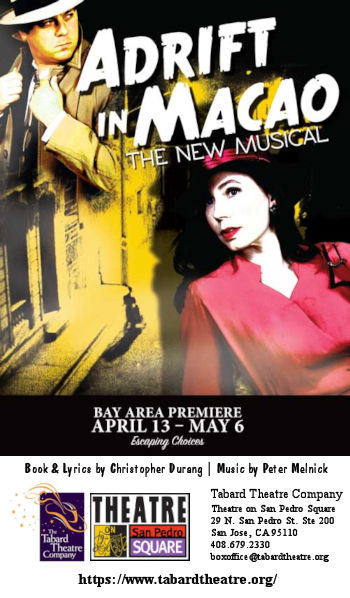
 There were some problems at our show, all primarily technical. I’ll cover those later. However, performance-wise, it was great. Director
There were some problems at our show, all primarily technical. I’ll cover those later. However, performance-wise, it was great. Director